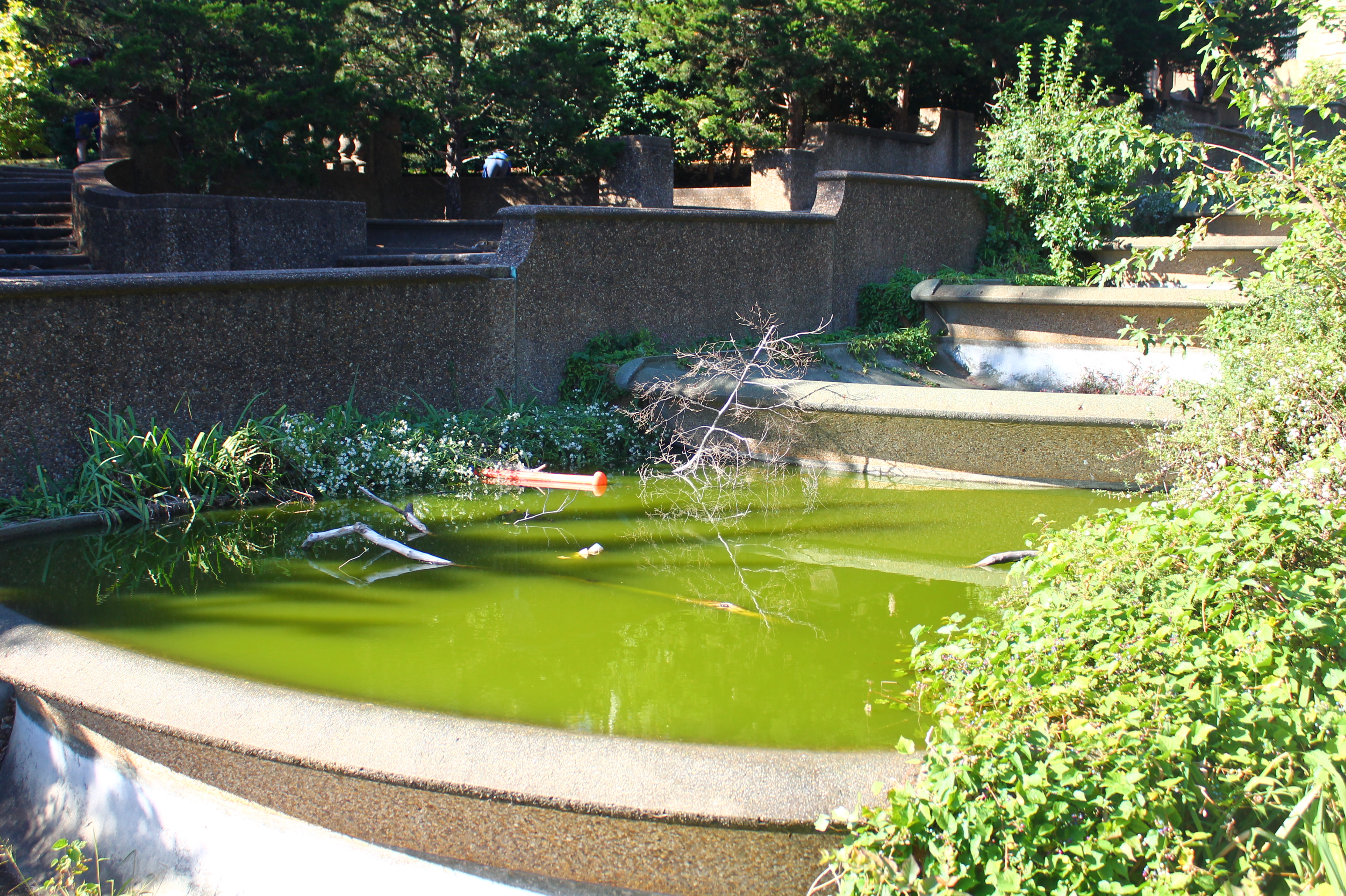WASHINGTON (May 8, 2023) – For the past three years, the District of Columbia has been ranked as having the Number 1 park system in the United States. A new report by the Sumner M. Redstone Global Center for Prevention and Wellness at the George Washington University Milken Institute School of Public Health counters this narrative with findings that park management by the National Park Service has resulted in great inequities in amenities, maintenance, and park access across the nation’s capital.
“The National Mall provides a striking impression for tourists, but head into any neighborhood park in the District and you’ll see crumbling infrastructure, trail overgrowth, trash, and no shortage of frustrated neighbors who are pleading for better management of their neighborhood parks,” Rachel Clark, the Redstone Center’s Policy Director and lead author of the report, said.
The Redstone Center’s qualitative research included dozens of interviews with community organizations, elected officials, and federal and local agency representatives who reported several circumstances that have led to the longstanding mismanagement of the park system. From $2 billion in deferred maintenance costs, to confusion as to who owns individual sites, to policies that prevent community-driven improvements, the report concludes that federal management of what is essentially a local park system isn’t working. Worse, it perpetuates health inequities across communities in DC.
"There are considerable disparities in the quality of parks across the District of Columbia. Parks have the potential to provide tremendous health benefits, but we found that differences in park quality limited neighborhoods from benefiting from their close proximity to federal greenspace. If a park is poorly maintained, inaccessible, and lacking in basic amenities, such as clear trails, the community will simply not use it,” Erin Wentzell, assistant professor of health, human function and rehabilitation sciences at the GW School of Medicine & Health Sciences, said. Wentzell, in collaboration with the National Park Service and GW doctoral students, led a previous resource and amenity assessment of parks across DC.
According to the report, behind these quality differences are longstanding agency policies that frustrate even the most basic of park improvements. For example, funding for projects and maintenance needs are distributed on a competitive basis across the entirety of the National Park Service. This means that when the Rock Creek Park Superintendency needs funding for something as simple as park bench repair, it must apply for extra funding through a centralized process that puts them in competition against sites around the country, such as the Pearl Harbor Memorial and Yellowstone National Park.
Funding issues aside, the National Park Service’s preference to leave spaces unchanged in perpetuity is often in direct conflict with residents who want to see urban parks activated and responsive to the needs of the immediate neighborhood.
“The National Park Service’s preservation model is appropriate when applied to historic sites and wilderness protection, but it simply doesn’t work in a dynamic urban environment where federal parklands are woven into residential neighborhoods. In those spaces where we do see substantial wooded parklands, there is similar disinvestment and neglect. It would be easy to look at a situation like this and think, it’s too entrenched, there’s nothing we can do. But my takeaway from our research is that there’s actually a lot of opportunity to improve the park system and no shortage of residents who are eager and willing to help,” Clark said.
The report lays out many policy recommendations for the District of Columbia government, National Park Service, and Congress to improve management of the DC park system. These include actions to increase the District’s parks management capacity, improve coordination and collaboration between the District and the National Park Service, and increase park funding–particularly for parks located in marginalized communities.
The Neighborhood Park Service report is available online at: https://go.gwu.edu/npsreport
For the Executive Summary, please see: https://go.gwu.edu/npsreportexecutivesummary
-GW-


